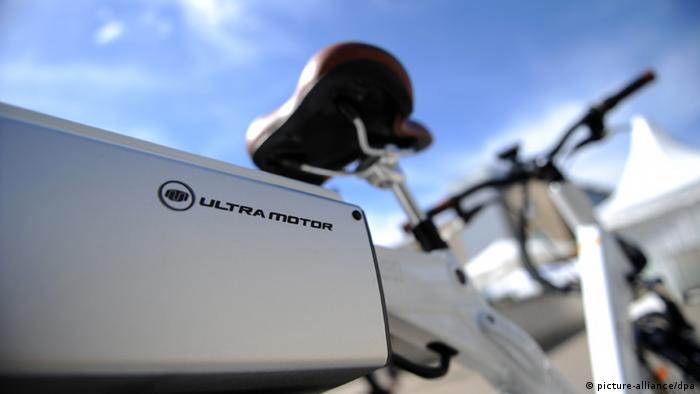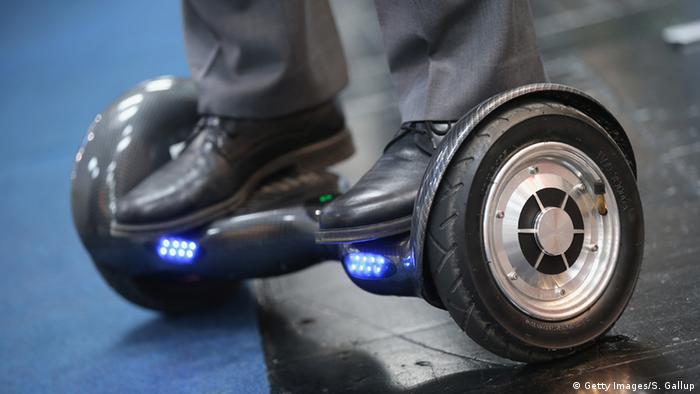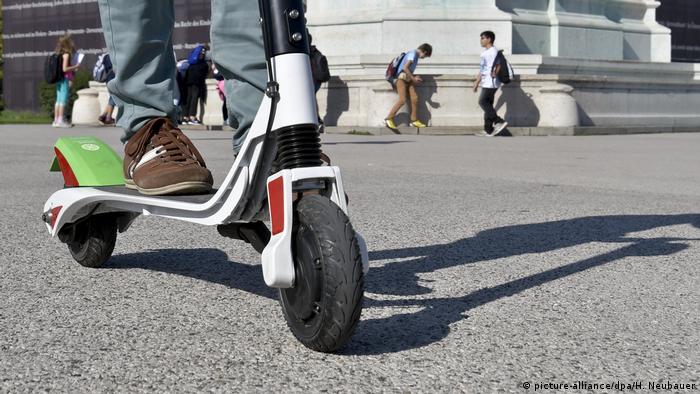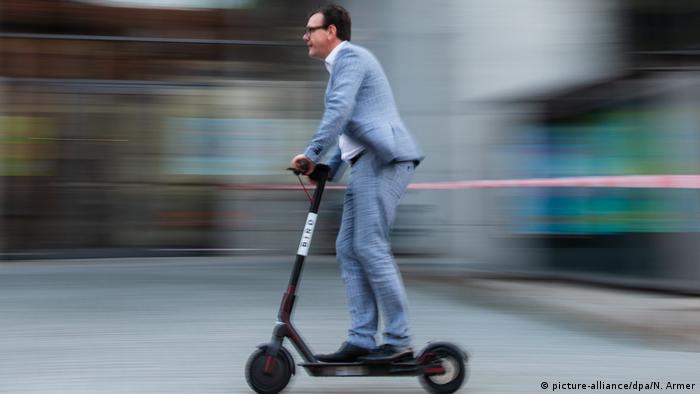Volkswagen gets serious about electric mobility. In Zwickau, Saxony, the group gave the starting shot for the production of its electric cars named ID.3. From Zwickau Henrik Böhme.

The Saxon city of Zwickau, 90 kilometres South of Leipzig, has a long Tradition in the automotive industry, more precisely: For 115 years, will be built cars. It begins with August Horch in 1904, has brought five years later, the first Audi on the market. After the Second world war, the legendary plastic car of the GDR built in the Saxony ring-works of the Trabant. 1991 here, after over three million copies, but shortly before that, Volkswagen had already laid the Foundation stone for a new plant. More than six million cars of various VW brands left since then, the production halls.
And now a complete new start: two years Ago, the Wolfsburg, Zwickau reshape decided to build no gas, just electric cars. “The first was a shock,” says a VW employee, “but in the meantime, we have the enthusiasm.” On this November Monday it is ready. Great celebrity casserole in the factory or on the outskirts of Zwickau. The Chancellor is the honor, the VW boss has come, Prime Minister of Saxony. But above all: Many of the employees are up to, as the first production model of the ID.3 on-stage rolls.
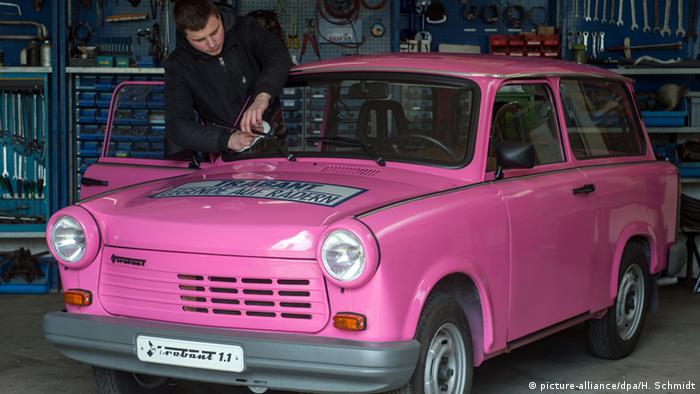
The last Trabant made in Zwickau – 30. April 1991 was the conclusion of the
Industry “system change”
“We are facing a change of system for electro-mobility”, signed by the group chief Herbert Diess, the whole big line. And: “It is no longer a question of whether the electric car passes through. But how quickly and in what Region of the world first.” VW of late has begun to take the issue of E-mobility seriously in Hand, and it is probably the case that the diesel scandal was a catalyst to the development. In Zwickau, now VW puts on a show of strength. With 1.2 billion euros, the plant will be rebuilt in two years, completely on electric mobility. The first stage is now finished, as of 2021, here, then, 330.000 E to run cars of different VW brands of the tapes. All of this as possible climate-neutral.

May 1990: in the Rear are still running Trabant about the bands, the front staff will present in Zwickau proud to be the first of them-built VW Polo
The conversion of a car factory in operation is a huge challenge, but logistically, safely feasible. The major Problem with such a leap in technology: How to take the employees with in the future? 8000 people work in the Zwickau plant, and it is the difference between a Golf or a ID.3 to assemble. Around a quarter less work performance are necessary. In addition, the degree of automation has been increased in the new production line, around 1700 robots working there now. The body of a VW Golf, for example, 25 employees at the plant, at the E-car, there are only nine. No one has to more to a door and install the power-mate robot. The complicated and exhausting installation of the so-called heaven (roof interior trim) to accept it.
Zwickau as a blueprint for other E-works
So you have started in Zwickau, a huge training program that every employee must go through. It was about technical things, such as, for example, work with large currents, but also to the Motivation of the workforce. The Problem here is that It was, so far, the group has no training documents for the transition to electric mobility.
It All had to be developed under high time pressure in the first place. But now, the entire conversion process in Zwickau can serve as a blueprint for the other sites, the intention is to convert VW, the plants in Emden and Hannover, but also in China and the United States. However, the Chancellor is certain: “The Saxons, I trust that you can handle it,” said Angela Merkel, with reference to her East German past.

The thought of the employees: An advertising banner on a building of the VW plant in Zwickau
But the Chancellor knows that it takes more than warm words, so people can buy the electric cars, too. For example, sufficient charging stations. By 2030, there will be a Million public charging points in the country, among other things, she wants to talk on Monday evening in the Chancellery, with the auto bosses, but also with suppliers, are affected by this structural change, even more than the carmaker itself.
Remains open, however, what such a value proposition: after all, it was the same Chancellor, who had once proclaimed that by 2020 a Million electric cars should be rolling on the streets of Germany. The reality is different: Just 48.000 E-cars will be approved this year in Germany, after all, nearly 11,000 more than the year before. Also other incentives to buy it to go at the auto summit.
Audio listen 04:37
Conversation with the Zwickau production chief Reinhard de Vries
Back to Zwickau. After the end of the official ceremony saw many employees on the stage next to their cars or sit in it. And if not mistaken, you were pretty proud of what you have done. “E-mobility matters – Tradition meets the future” is everywhere on the Factory floor and outside the entrance to the factory. Was the brainchild of the Marketing Department of VW. It is the result of a staff competition. Could well be that the long Zwickau car Tradition just added a new, successful Chapter. Setbacks are not excluded. Also August Horch was not an immediate success. From his first company in Zwickau, he was expelled by the shareholders out. Only attempt number two was successful – Audi’s since 1965, a subsidiary of the Volkswagen group.




